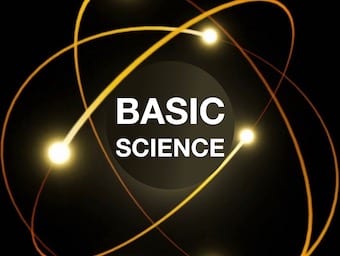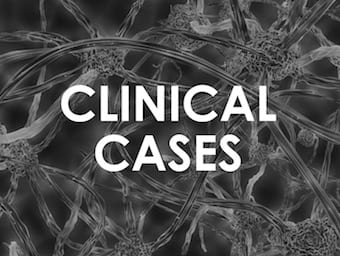
Alcohol Toxidrome
AGENTS ethanol methanol ethylene glycol isopropyl alcohol others! CLINICAL FEATURES euphoria disinhibition stupour respiratory depression cardiovascular depression coma ocular toxicity = methanol hypocalcemia + renal failure = ethylene glycol haemorrhagic gastriyis = isopropyl alcohol INVESTIGATIONS ethanol level (> 400mg/dL ->…







